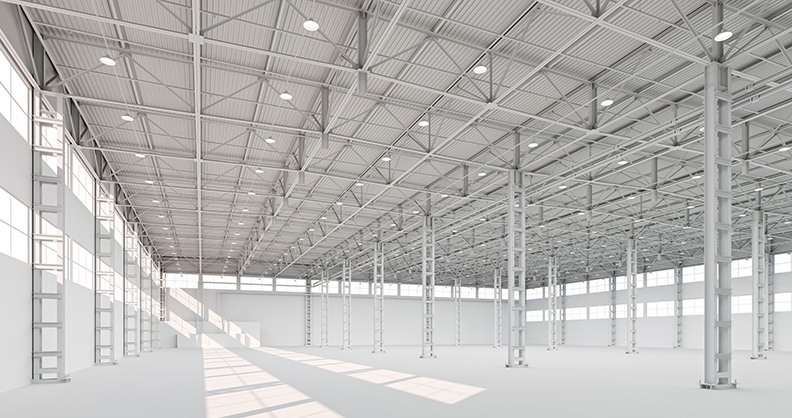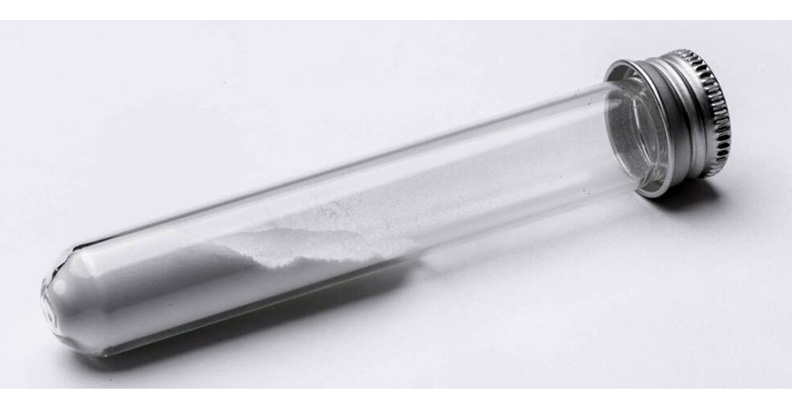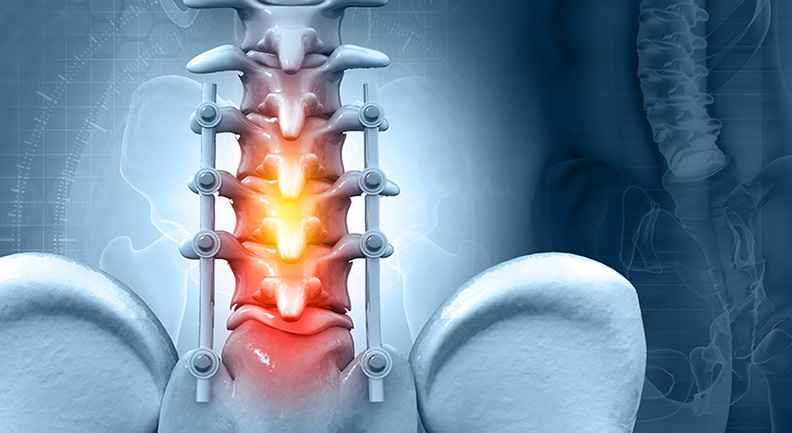
Sometimes an acquisition brings together teams with complementary skill sets that enable them to collaborate and devise innovative solutions to longstanding industry frustrations. This is one of those stories.
Orthopedic instrument manufacturers routinely purchased thick-wall, gun drilled/seamless stainless steel tubing for devices like drills and reamers. Gun drilling is a slow, costly process with constrained capacity, and it’s notorious for missing delivery dates.
Accu-Tube realized an opportunity last year in the acquisition of Mercury Tube, which manufactures larger-diameter stainless steel tubing than traditional medical device tubing fabricators.
Engineering teams from both sites collaborated to develop a new innovation: thick-wall tubing that is welded and drawn rather than gun drilled. This new tubing can replace gun drilled/seamless stock for some applications.
The advantages?
- Lower cost: 30% to 50% lower
- Faster delivery: 50% faster
- Reliable supply: Predictable production process
Limitations in Thick-wall Tubing Manufacturing
Tube manufacturers face several limitations in fabricating thick-wall tubing. Medical device tubing manufacturers have optimized production of tubing with wall thicknesses from .005 inch up to .035 inch. To make this thick-wall tubing, we start with a large-diameter tube and draw it down many times. This requires larger equipment than what is traditionally used to manufacture medical tubing.
Common alloys used in thick-wall tubing applications also have limitations. For example, inexpensive materials such as 304 stainless steel cannot be heat treated and lack the strength needed for many orthopedic instrument applications. These factors have forced tubing manufacturers to rely on gun drilled/seamless bar stock (440, 455 and 17-4). These alloys can be heat treated to achieve higher strength, but they’re costly.
Collaboration to Innovation
The engineering teams at both Accu-Tube sites collaborated to overcome these limitations, each bringing strengths and capabilities to the table. The former Mercury Tube site had the larger equipment needed to manufacture thick-wall tubing.
Accu-Tube brought 30 years of experience in manufacturing 17-7 stainless steel tubing. Why 17-7? For this thick-wall tubing, 17-7 provides the strength of current alloys with a much lower fabrication cost. Used in medical device applications for more than 20 years, 17-7 is very similar to the popular 17-4 stainless steel, with the addition of aluminum and a slightly higher nickel content.
These changes allow the material to become formable. The formability of 17-7 makes it possible to manufacture welded-and-drawn tubing. The ability to heat treat it like 17-4 makes it attractive for demanding orthopedic applications. Figure 1 compares ultimate tensile strength of 17-7 with other popular alloys including 304, 17-4 and 400 series.
Figure 1. Comparison of Ultimate Tensile Strength for Common Alloys
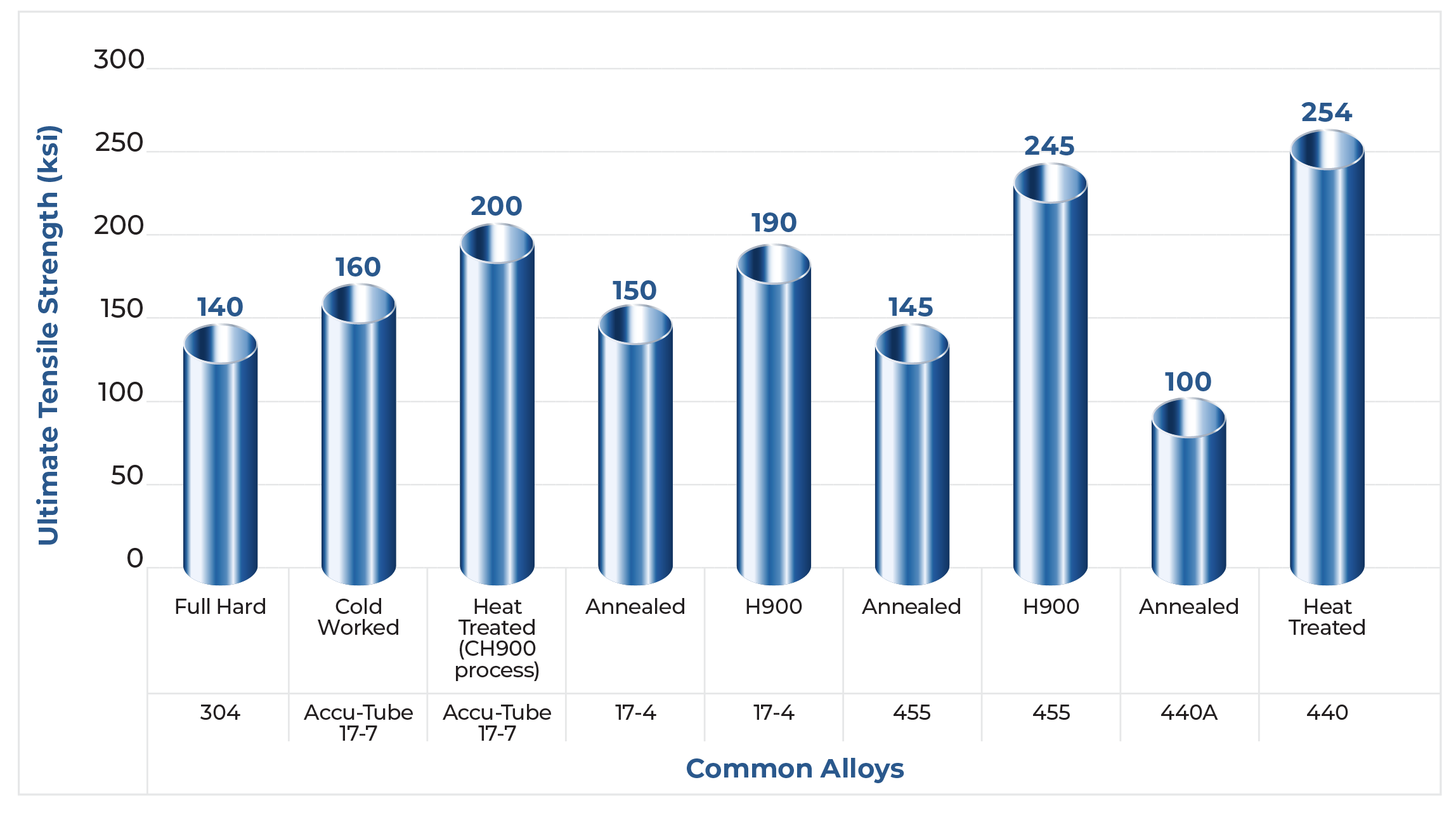

Customer Benefits
By converting from cannulated stock to welded-and-drawn tubing for some applications, our customers will see:
- Lower cost
- While gun drilled/seamless stock can cost $15 to $25 per foot, our thick-wall tubing ranges from $8 to $12 per foot
- Shorter lead times
- Our lead time is 4 to 6 weeks, about half the time for gun drilling (for 1,000 to 10,000 feet)
- More reliable supply
- We can produce 1,000 feet to 10,000 feet with predictable yields and manufacturing cycle times
- Swiss-style-machine ready
- Centerless ground outside diameters (ODs)
- Square-cut ends
Tubing Performance
Here’s how we ensure the integrity of the tubing.
First, we take the tubing through multiple draw cycles. Each progressive drawing operation “irons out” or homogenizes the weld zone, allowing the tubing to perform more like seamless tubing. By drawing the tubing over a mandrel, we smooth the weld zone into the inside diameter (ID).
Figure 2 is a cross section of an “as-weld” tube. You can see how the weld bead drops into the ID. Figure 3 shows a cross section after drawing the tube over a mandrel. In addition to rounding out the ID, we’ve improved the geometry and homogenized the weld zone into the adjacent material, providing further strength.
Concentricity and true position are critical attributes for many orthopedic instruments. Because we start with a strip, welded-and-drawn tubing is superior to gun drilled/seamless stock. The strip is of uniform thickness, whereas gun drilled stock relies on the drill walking perfectly down the axis of the rod that it’s drilling.
With near net shape tubing, you’re not restricted to fractional outside diameters (ODs) like you are with gun drilling. We can adjust our draw schedules to achieve a custom configuration for your application. By optimizing the OD, you can reduce subsequent machining operations, which saves additional cost. For example, if your finished part OD is .150 inch, we can make tubing that exact size rather than the next larger fractional size of .1875 inch.
Figure 2. Cross Section of “As-Weld” Tube


Figure 3. Cross Section After Drawing Tube Over a Mandrel
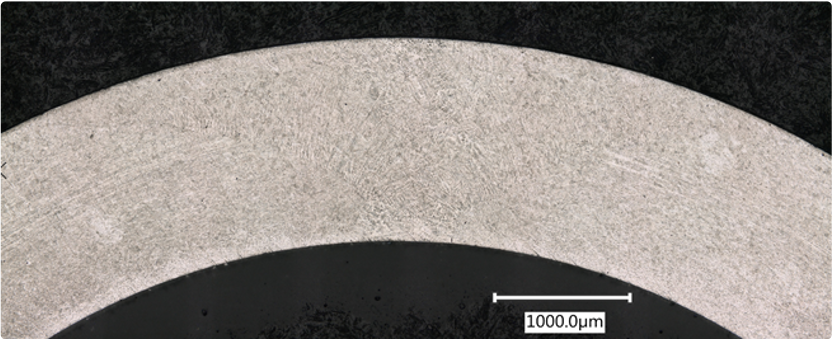

Tubing Specifications
See Figure 4 for a summary of our thick-wall tubing capabilities.
Figure 4. Thick-Wall Tubing Capability Summary
| Stainless Steel Alloys | Size Ranges | OD-to-Wall Ratio | Stock Tubing Sizes* | Applications |
| 17-7 | OD: .150″ to .750″ | >3 = green light | .1875” x .049” | Orthopedic instruments: drills, reamers and cutting tools |
| 304/304L | ID: .049” and up | ~3 = yellow light | .1875” x .055” | Minimally invasive surgical instruments |
| 316/316L | OD ground to +/- .0005” | <2.5 = red light | .1875” x .0625” | Reduced-cost instruments for conversion to single use |
| Largest wall thickness: .100” | .250” x .062” | |||
| ID tolerance: +/-0.003” | .250” x .134” | |||
| OD tolerance: +/- 0.0005” |
* Available Summer 2021 on Chamfr.com
Our initial focus was on common K-wire sizes and 17-7 stainless steel. As we continue to refine our process, we can fabricate tubing with an ID as small as .049 inch with an OD of .191 inch. Applications with larger IDs or thinner walls will be less challenging, with the potential to create a wall thickness of .100 inch. Prototype quantities will be available this summer on Chamfr.com or by contacting us.
This product is a departure from the current approaches to manufacturing thick-wall tubing. We look forward to working with innovative companies that are considering alternatives to gun-drilled/seamless stock and are open to new ideas. With a cost of just $8 to $12 per foot, our thick-wall tubing could provide a cost-effective and reliable alternative.
To learn more about our thick-wall tubing, visit the Accu-Tube website.
Todd Oehlerking is Vice President, Sales & Marketing of Accu-Tube. He has more than 20 years of medical device industry experience in engineering project development and sales. Contact him via email.

